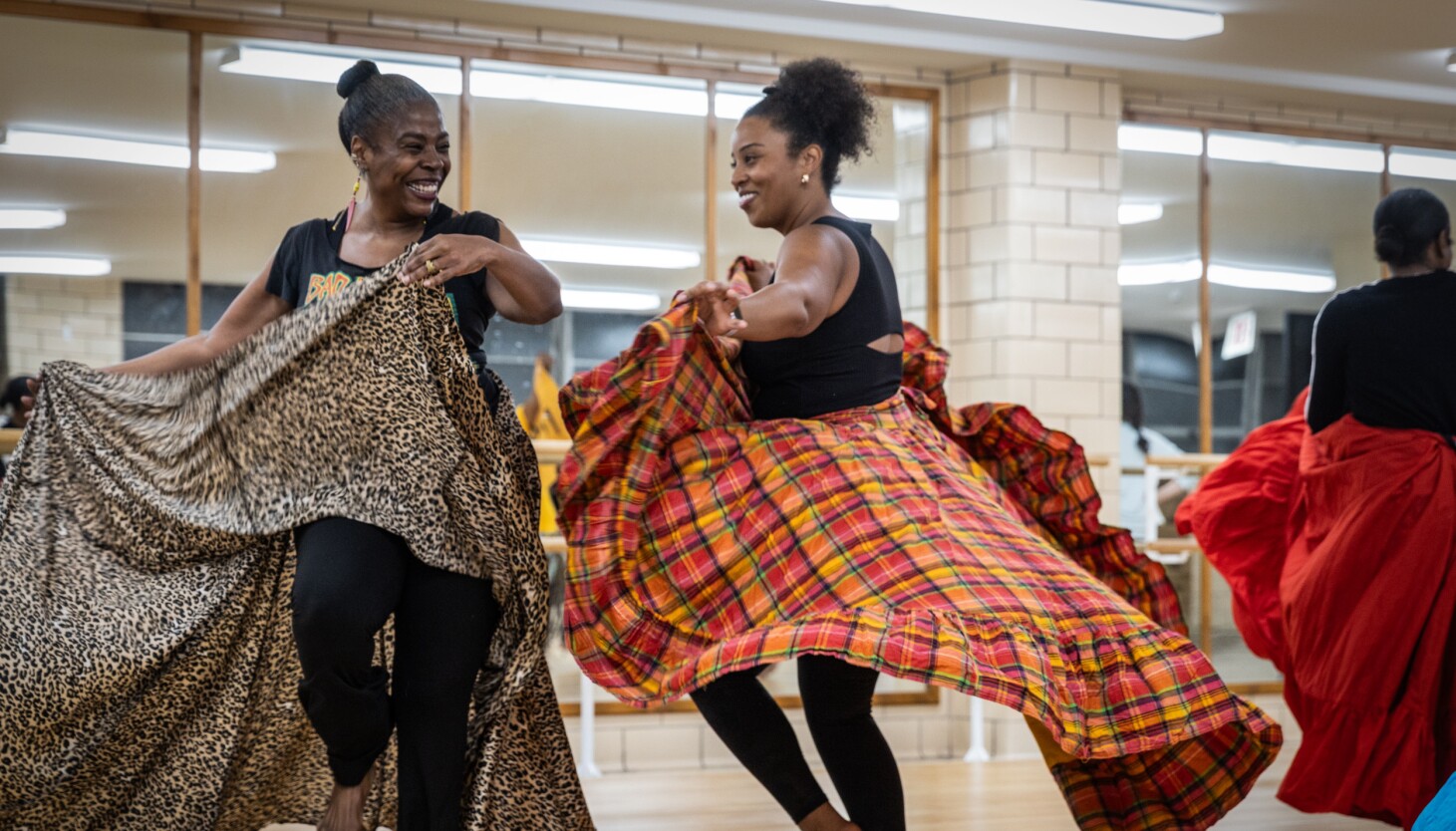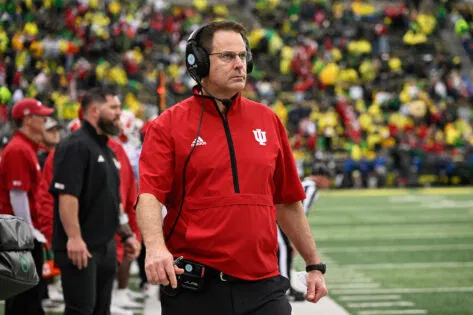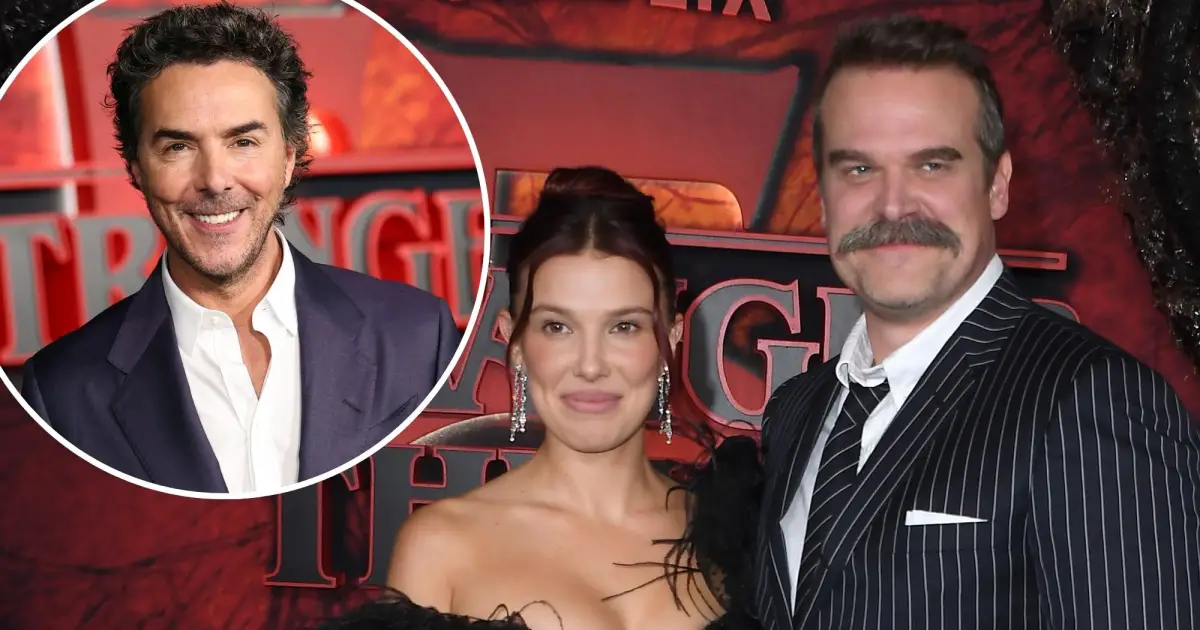Copyright Forbes

Joel Goldstein is the President of Mr. Checkout Distributors. You’ve designed something remarkable. You’ve crafted the formula, printed the labels and chosen just the right shade of orange to make it pop. The prototype is flawless. Your website is live. The story is tight. And then it happens: You land your first store. The shelf is clean. The product is faced forward. It’s your moment. But then a week passes. Then two. And nothing moves. What went wrong? Here’s the truth most brands don’t want to hear: Your product has to work where it’s placed, not just in theory. It must sell in context—not in a vacuum, not in a studio, not on a deck. It must compete, perform and win in a retail environment that owes it nothing. Shelves are battlegrounds. Each product is fighting for space, attention and purchase. And the rules of that fight are different depending on where you’re placed. An organic shampoo might fly off the shelves at a boutique wellness market but sit untouched in a mainstream convenience store. The product didn’t change, but the context did. Independent retailers are experts in their micro-markets. They don’t order products on instinct alone; they watch their customers. They observe how packaging interacts with lighting. They know which shelf levels get touched and which ones get passed over. They can tell you which ingredient sells better on the east side of town and which flavor customers avoid, even if it’s trending online. If your product isn’t moving, don’t assume it’s the product. Ask: Is it in the right place? Is the story landing with this audience? Does the packaging speak their language? Does the pricing align with what they expect for this category? Retailers won’t always tell you unless you ask. And too many brands never ask. They ship, they invoice and they hope. But hope is not a strategy. Presence isn’t performance. We worked with a vegan snack brand a few years ago—beautifully made, great ingredients, strong brand voice. But in their first few stores, it barely moved. They were discouraged, ready to pull out. Instead, we helped them reposition. They started asking questions. Listening. They learned that the snacks were placed in the supplement aisle, not the snack set. The lighting was dull, and the customers were scanning for protein bars, not crisps. The packaging blended in. Even the word “vegan” on the front, which they thought was a selling point, was actually narrowing the appeal in that neighborhood. They adjusted. New set. New signage. Slight language tweaks. The result? Movement. Not meteoric, but meaningful. Enough to get noticed. Enough to stay. Because when your product works where it’s placed, everything else gets easier. And this is why independent retail is so vital in the early stages. It’s not just a distribution channel, it’s a diagnostic tool. It tells you, with brutal clarity, how your product performs in real life. No filters. No paid placements. Just people, choosing or not choosing. The irony is that most brands rush past this phase. They want scale. Syndication. Store counts. But what’s the value of 1,000 stores if your product fails to resonate in the first 10? Independent stores give you the chance to correct course before you bet big. They give you time to refine. To learn the rhythm of the aisle. To understand why some products move without marketing, and why others don’t move at all, even with it. Every store is a classroom. Every shopper is a teacher. Every slow week is a lesson. If you listen. Don’t be afraid to relocate your product. Reframe it. Adjust price. Shift language. Move displays. Replace packaging. What matters is not being right out of the gate; it’s being right eventually. Because the brands that last are not the ones that never miss. They’re the ones that learn fastest from the misses and fix them before they become fatal. Retail is real-time feedback. The shelf is the judge. The shopper is the vote. So make sure your product is positioned to win not just theoretically, but physically. Where it sits. What it sits next to. What the lighting says. What the signage implies. What the label whispers when no one is listening. Your product must not just look right. It must feel right. It must belong not just to you, but to the store. To the shelf. To the shopper. That’s how you win in retail—not by arriving perfectly, but by adapting precisely.



